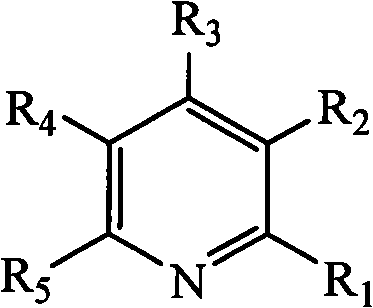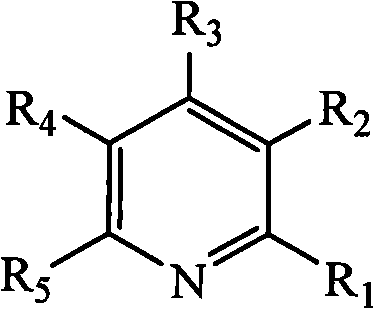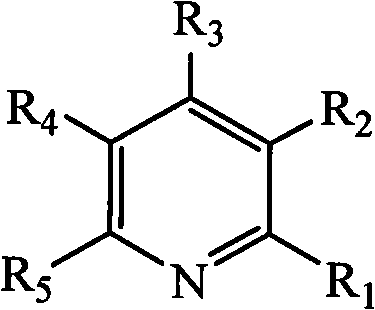Electrolyte additive and electrolyte and lithium ion battery containing same
An electrolyte additive and additive technology, applied in the field of electrolyte additive, electrolyte and lithium-ion batteries, can solve the problems of not being able to improve the comprehensive performance of secondary batteries, and achieve improved rate discharge performance, safety performance, cycle performance and high temperature Effect of storage performance improvement
- Summary
- Abstract
- Description
- Claims
- Application Information
AI Technical Summary
Problems solved by technology
Method used
Image
Examples
preparation example Construction
[0041] Various methods known in the art can be used for the preparation method of the positive electrode and the negative electrode.
[0042] According to the lithium ion secondary battery provided by the present invention, the diaphragm layer is arranged between the positive electrode and the negative electrode, has electrical insulation performance and liquid retention performance, and is sealed in the battery case together with the positive electrode, negative electrode and electrolyte. The separator layer can be selected from various separator layers used in lithium-ion secondary batteries known to those skilled in the art, such as polyolefin microporous membrane, modified polypropylene felt, polyethylene felt, glass fiber felt, ultra-fine glass Composite membrane made of fiber paper vinylon felt or nylon felt and wettable polyolefin microporous membrane by welding or bonding.
[0043] According to the lithium ion battery provided by the present invention, the preparation ...
Embodiment 1
[0046] 1. Preparation of electrolyte
[0047] Mix 60 grams of vinyl carbonate (EC), 30 grams of methyl ethyl carbonate (EMC) and 60 grams of diethyl carbonate (DMC) into a mixed solvent; add 19.54 grams of LiPF to the mixed solvent 6 Electrolyte. The concentration of LiPF6 in the electrolyte is 1M L -1 , then add film-forming additive vinylene carbonate (VC) 2.54 grams (1.5wt%) and flame retardant additive 3,5-dichloropyridine 8.6 grams (5%) to it, stir until all solid substances are all dissolved, obtained organic electrolyte.
[0048]
[0049] 3,5-Dichloropyridine
[0050] 2. Preparation of positive electrode
[0051] Dissolve 90 grams of polyvinylidene fluoride in 1350 grams of N-methyl-2-pyrrolidone (NMP) solvent to prepare an adhesive solution, and then add 2820 grams of LiCoO to the resulting solution 2 and 90 grams of acetylene black, fully mixed to obtain a positive electrode slurry, which was evenly coated on a 20-micron aluminum foil, dried at 125°C for 1 hour...
Embodiment 2
[0057] Electrolyte is prepared according to the same method as in Example 1, except that the flame retardant additive is 3-bromo-5-methoxypyridine, and the amount of 3-bromo-5-methoxypyridine is 17.2 grams (10% )
[0058]
[0059] 3-Bromo-5-methoxypyridine
PUM
| Property | Measurement | Unit |
|---|---|---|
| Diameter | aaaaa | aaaaa |
Abstract
Description
Claims
Application Information
 Login to View More
Login to View More - Generate Ideas
- Intellectual Property
- Life Sciences
- Materials
- Tech Scout
- Unparalleled Data Quality
- Higher Quality Content
- 60% Fewer Hallucinations
Browse by: Latest US Patents, China's latest patents, Technical Efficacy Thesaurus, Application Domain, Technology Topic, Popular Technical Reports.
© 2025 PatSnap. All rights reserved.Legal|Privacy policy|Modern Slavery Act Transparency Statement|Sitemap|About US| Contact US: help@patsnap.com



